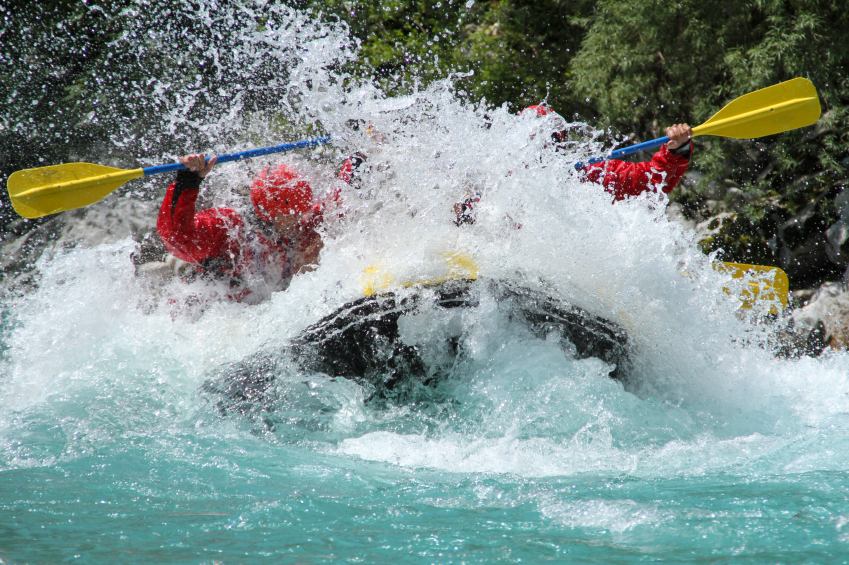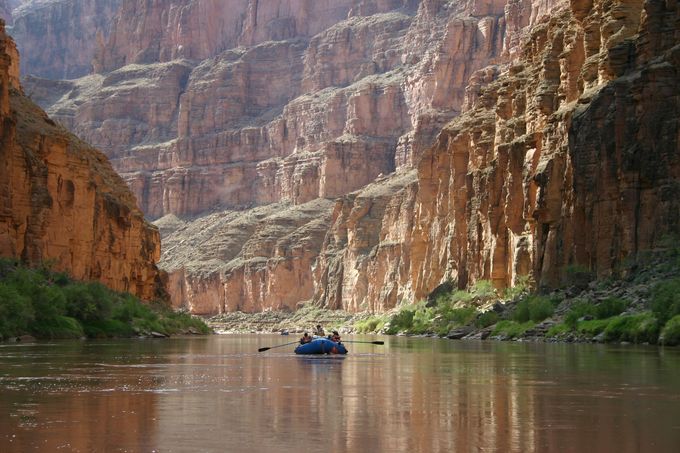White water rafting is probably one of the craziest water sports you can get involved in. The idea of hurtling down a river in a blow up rubber boat, dodging whirlpools, hitting rocks and falling down waterfalls just sounds nuts right? But it isn’t. And here’s why.
White water rafting is an awesome adrenaline rush that mixes the thrill of dangerous white water with the camaraderie of a war movie, pitting you and a group of similarly petrified individuals against the best that nature has to throw at them. There’s something about an experience like that, facing down an opponent staggeringly more powerful than you, that really brings a group together. This is why white water rafting has become a go to choice for stag/hen dos, team building, youth groups and gaggles of generally insane people the world over. While many action sports are about a single athlete pushing their limits alone, rafting lets you enjoy those jaw dropping moments together, sharing that joy and triumph from right in the heart of the action.

On top of the thrills and bonding of a white water rafting trip, you also get to experience nature in a whole new way. Rafting takes you to areas that don’t see a lot of people, letting you get close to wildlife and travelling through places that are almost impossible to reach unless you’re on the water.
This mixture of danger, stunning scenery and team work is what’s helped white water rafting to reach the ripe old age of 200 years and still be going strong. So if you’re looking for a fun way to celebrate your action sports-mad mate’s upcoming wedding or just have a tonne of friends who are up for a crazy challenge, here’s everything you need to know about white water rafting.








